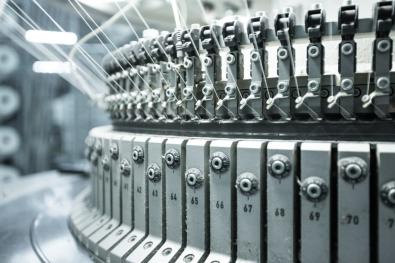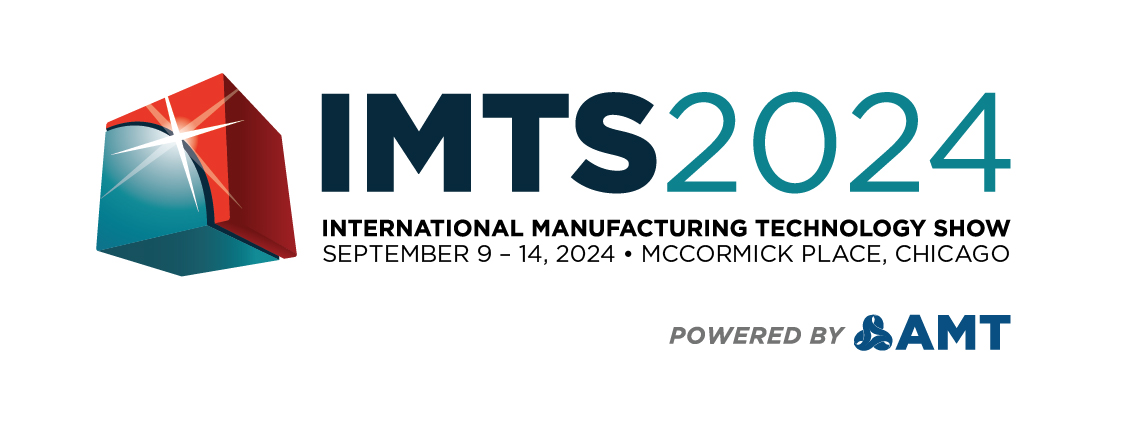The 2022 problem for textile machinery manufacturing companies can be summarized in one word: marginality. It is one of the pillars of Italian machinery , the turnover in 2021 amounted to 2.388 billion euros, up by 35% on 2020, but above all growing also on the pre-Covid period, +5% on 2019. "Definitely positive data, we cannot complain" underlines Alessandro Zucchi, president of Acimit (the sector association, member of Confindustria) immediately after closing the 2022 assembly. "The current order book is also substantial", but here the notes begin mourners: «in the first months of this year we considerably reduced the margins, because the orders acquired in July, August, September last year were acquired with the raw material and transport costs of the time. Then, since October 2021 the costs of raw materials have skyrocketed, freight rates on some routes have even quadrupled. And these are expenses that customers do not pay, because they concern acquired contracts».
Excerpts from the Interview, Jan 4, 2023
Result: «these are costs that we pay for, and that we will see in the year-end financial statements». Even in a contingent situation that presents elements of difficulty , planning is not lacking, nor is the necessary optimism for the future. «Those who are entrepreneurs must be optimistic. Also because the capital is our people, who work in the company». Strategies to face the continuous challenges that the market poses: digitization, sustainability, human capital . Let's see precisely how the companies of Acimit (association of Italian manufacturers of machines for the textile industry) are facing the current moment, and how they combine the above strategic elements. Also to better exploit the potential of the Italian market , represented by key sectors for Made in Italy, such as textiles and fashion. But let's go in order and start with a description of the sector.
The numbers of the sector and of Acimit
Italian textile machinery manufacturers are the third largest in the world, after China and Germany . Three hundred companies, which employ 12 thousand 900 people , 180 Acimit members. Complex turnover 2021, as mentioned, close to 2.3 billion euros. Among the big names in the sector, Itema (world leader in looms, 200 years of history, factories in Italy, Switzerland, China), Savio (headquarters in Pordenone, production plants in Italy, China and India, 100 years of history), Santex Riman Group (headquarters in Trissino, in the Vicenza area, production and R&D plants also in Switzerland and in Shanghai, a subsidiary in India), Ferraro(plant in Lonate Pozzolo, in the province of Varese, is the company directed by Zucchi), Mesdan (joining devices for textile machines), Comez (stands for Costruzioni Meccaniche Zorini, engineering and production of crochet knitting machines and warp knitting machines, part of the Jakob Müller Group). But also younger companies, such as Tecnorama (founded in 1984 by Mario Scatizzi) and Offciina Master (since 1987, machinery for finishing fabric and non-woven fabric).
Components and the microchip crisis: consequences
Let's start with the most pressing issues, which, among other things, unite a large part of the machinery manufacturing sector . Added to the increases in raw material prices are «a shortage of components , especially electronic ones. In the company, the engineers in the electronic department are constantly in difficulty. There are machines that we can't deliver because we don't have PLCs , others lack inverters . We have been forced to take steps backwards on the technology front. Since there are no microprocessors , our engineers invent converter systems with dozens of electric wires, when a microchipa centimeter would solve the problem, just to get the machine working and shipping it. Another figure, relating to a large company in the sector: with an order portfolio of 250 million euros, it had to lay off its employees, because it does not have the components to complete the machines». A situation that the president of Acimit defines as absurd: «it's an extreme, but it's happening».
Does this prevent us from being optimistic even in the face of growing numbers? «Forcibly those who do our job must be optimistic. We cannot transmit negativity, because our capital is our people who work in the company. We went through terrible periods, I am thinking of 2008-2099, a disaster, we had nothing to do, yet we recovered, precisely because we never gave up. So, we will also overcome this moment, but the current reality is absurd because we have the job but we are not able to finish it". It is true that it should be a contingent moment, admits Zucchi, «above all we hope so. But we've been repeating it since March April, and now it's July, so let's hope that something moves quickly. In reality, there are already some small positive signs, for example on someraw materials , such as steel , but not as far as electronics are concerned ». In reality, solutions can be glimpsed here, for example with the European plan on microchips, but are the times perhaps too long? «At the end of last year, I read that Stm made an investment plan for a magical microchip factory . But we will see it in the middle of next year, in the meantime we continue to suffer ».
TRANSPORT
Zucchi explains in detail which elements have intervened in the post pandemic to make this one of the hottest topics for companies that have to make shipments . The pandemic period has moved containers on routes between North America and China . To date, according to a DHL report , there are an estimated "tens if not hundreds of thousands of empty containers in North American warehouses. No one wants to load a ship with 5,000 empty containers to take to Europe ». So, while waiting for this distribution to be rebalanced, Europe is penalized. It can be added that in all likelihood the war in Ukrainerepresents a further brake in this sense. Couldn't Europe create a system? «Container management is in the hands of three large groups», so there is a very rigid market in this sense. The point is the economic backlash for businesses: «I'll give you a practical example. We had a machine sold in July 2021, a 40-foot container was expected, priced at 2,970 euros. We sent it two weeks ago, paying 11,300 euros, and we were lucky, because it was a take-it-or-leave-it opportunity. Otherwise the next shipment was around 14,000 euros». Some calculations: let's assume a 100,000 euro machine, whose estimated cost of transportwas equal to 3 thousand euros. With the new tariffs, the margin on the sale is lost. In reality, the fares vary a lot depending on the routes. "Central and South America have quadrupled, towards the east and China they have increased but not as significantly as in Central and South America ".
Export and Domestic Market
Overall exports amounted to 2.031 billion euros, again with a double digit on 2020, +37%, and growth also on 2019, +9%. As can be seen, and as Zucchi points out, exports represent 85% of the sector's turnover. What about the internal market? First of all, Zucchi specifies two elements. Exports , which effectively account for 85% of the sector, go to 130 countries around the world. And, «as manufacturers of textile machinery , we are the third largest in the world. Before us, China and Germany». As regards the analysis on the domestic market, «we improved with sales in Italy in 2018 2019 when the Government introduced tax credits on the purchase of machinery. It was the only period in which textile companies, therefore our customers, decided to renew themselves, starting to change the machinery park . Among other things, drawing a benefit because old machinery consumes more. But the risk is that this curve will run out. It is true that "even now there are supports that must be seized", such as the Transformation 4.0 incentives (tax credits), which continue, rather than the new Sabatini , which instead provides for subsidized loans (on machinery and software ).
“Business associations can play an important information role. But the reality of Italian associations is made up of 65-70 percent of medium-small companies. They bill from 2 million to 5 million euros, the owner is an accountant, a designer, a salesman, and maybe even goes to tighten three screws if needed. In such a context, having an attentive interlocutor is difficult». Also because the small dimensions do not favor investments. «The average profitability of our sector fluctuates between 2 and 4%, some reach 6%». It is therefore not easy to digitize. «We're all talking about predictive manufacturing and maintenance, augmented reality . But to put a server that connect my machines in India , Pakistan, Bangladesh , I have to puts an electronic engineer. If I earn 3% of 2 million in turnover, how much do I have to invest? 60 thousand euros? I don't even pay the server."
The green label
Digital is combined with sustainable change , which is one of Acimit's most important initiatives in recent years, which is called Sustainable Technologies and started over ten years ago, in 2011. The 2022 assembly was an opportunity to take stock of the results achieved, presented by Elena Rocco , engineer of Rina (the Italian naval register). Some data: in 2021 alone, CO2 savings equal to 204,598 tonnes, the equivalent of the emissions generated by 36,864 cars that travel an average of 35,000 km a year. The overall impact from 2016 to 2021, saving 1.2 million tons of CO2. As regards the different business sectors, the greatest savings occur in weaving .


























